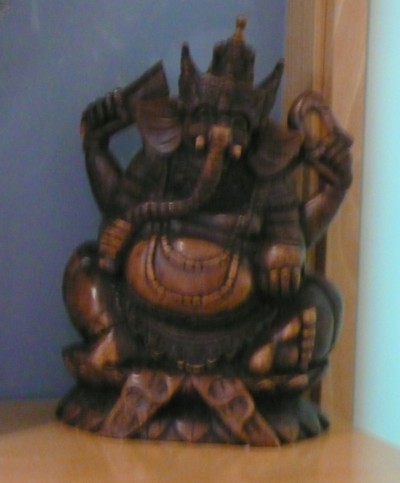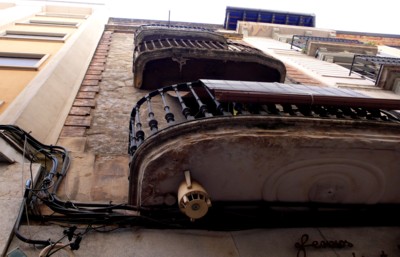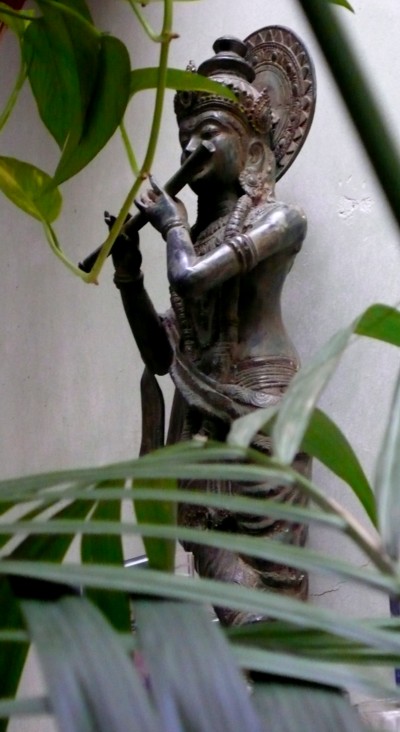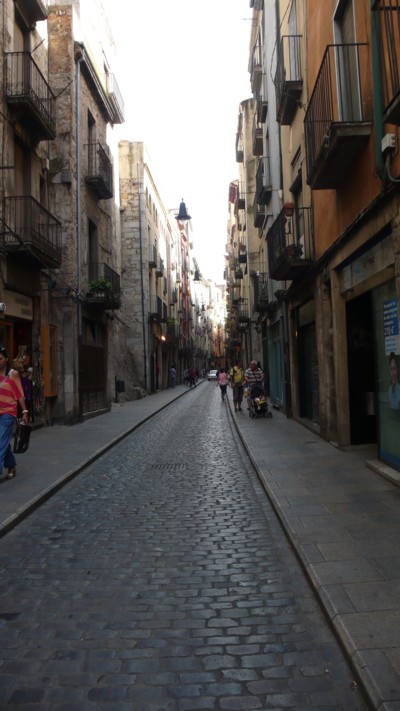A Case Study on the Environmental Impact of Fire Rituals
Saturday, February 23rd, 2013Today I got an e-mail from an Indian friend with a link to a scientific study on the effect of fire rituals: “Environmental Impacts of Homam – a Case Study (at Sridevi Veda Vidyalayamu, Srisailam)”, presented by Narayana Rao. M et al. at the “2012 International Conference on Environmental Science and Technology IPCBEE” (vol.30, 2012, © 2012 IACSIT Press, Singapore). Dr. M.NARAYANA RAO (Emeritus Professor,JNT University. Hyderabad A P, Camp Bangalore, India) gave me the kind permission to quote and link it here.
I was particularly interested, since my spiritual teacher, Dr. K. Parvathi Kumar, regularly conducts fire rituals and also has published a book on it – Agni. The Symbolism and the Ritual of Fire. I had previously read about effects of the ritual called Agnihotra or Homa in India, and since 13 years I do a short version once in a week. And in January 2007 I had the good chance of visiting the very sacred place of Srisailam, where the study had been done. Here is an extract of the study:
Experimental studies show that the incidence of physical ailments, sickness and disease are reduced in the houses, where the Yajna (Agnihotra) is regularly performed because it creates a pure, nutritional and medicinal atmosphere. It renews the brain cells, revitalizes the skin, purifies blood and prevents growth of pathogenic organisms. Agnihotra is basically a healing process. ‘Heal the atmosphere and the healed atmosphere will heal you’- is the Modus Operandi. Purification of environment through the constituent electrons of the substances fumigated in the Yajna is an obvious effect of this process. The observation of some distinguished scientists is note worthy in this regard. Sugars present in Havishya have great power to purify the atmosphere. It kills the germs of T.B., measles, smallpox and cow-pox, remarks….
Based on the research of the authors, and the scientific evidences found during experimental field studies conducted at Sri Devi Veda Vidyalamu, Srisailam, during Chandi Homam, the following conclusions can be drawn
• Homa was found to be one of the most economical means of purifying environmental pollution.
• Global effects such as patching up of ozone hole, removal of harmful radiation and radioactivity are proved by scientists round the world.
• The experimental studies conducted at Sridevi Veda Vidyalayamu clearly showed that the emissions during homam are not only non toxic but are beneficial to the environment.
• The ash collected from the bottom showed manorial value and therefore agnihotra farms were developed in some countries.
• The ash has also exhibited medicinal values.
• Zinc Oxide present in the particulate emissions in our experiments has a curative effect on skin diseases. Zinc oxide offers excellent protection against Ultra Violet Radiations (A and B).
• While Lead (Pb) is found to be within permissible limits, Manganese (Mn) is found to be slightly in excess of permissible limits prescribed by Central Pollution Control Board (CPCB). This is good because of the health benefits of Mn.
• Manganese ensures healthy bone structure, bone metabolism, helping in building essential enzymes for building bones. It acts as a coenzyme to assist metabolic progression in the human body. Apart from these, there are other health benefits of manganese actively involved in forming connective tissues, absorption of calcium, proper functioning of thyroid, sex hormones, regulating blood sugar level, and metabolism of fats and carbohydrates. Manganese is very important for normal functioning of the brain and nerve areas of our body.
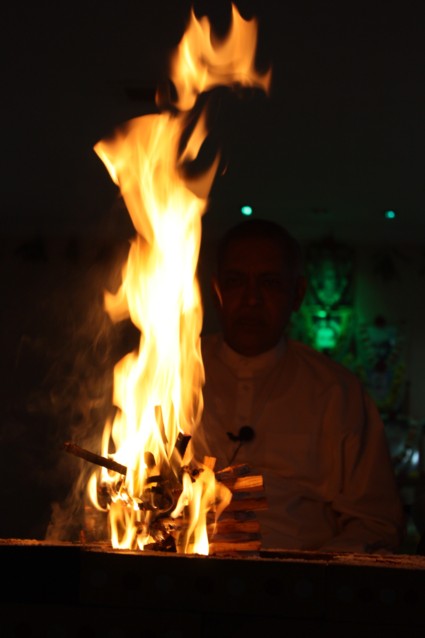
Fire ritual by Dr. K. Parvathi Kumar at the WTT-Centre Rajahmundry, 24 January 2013
















